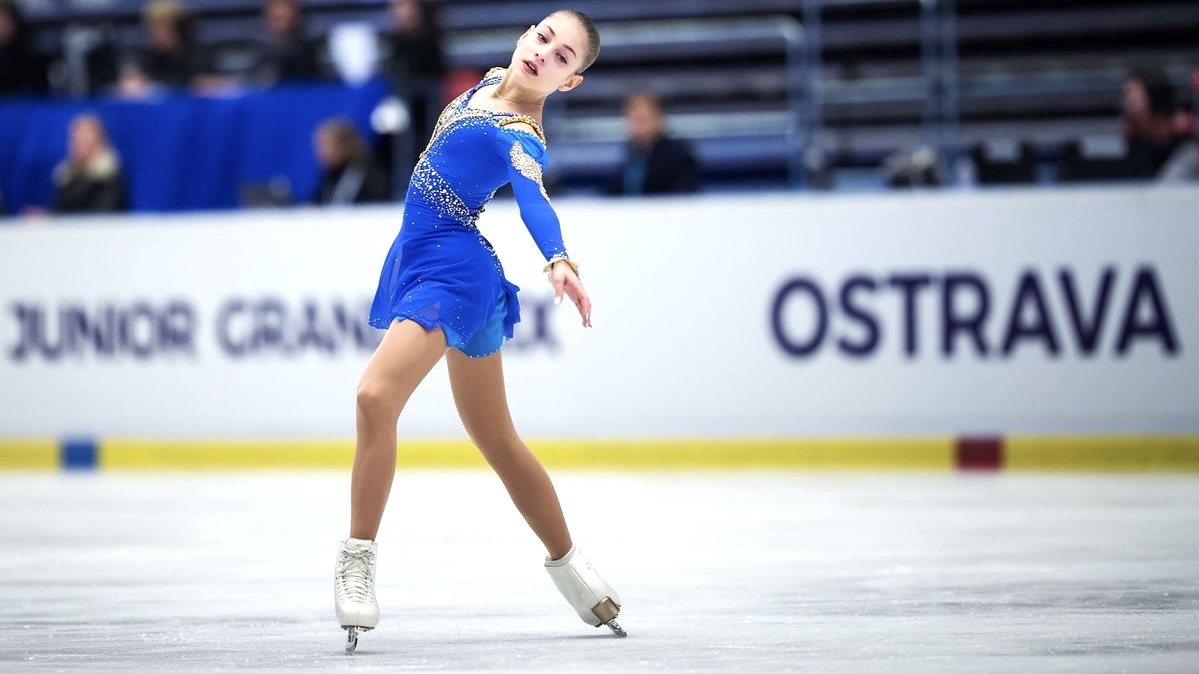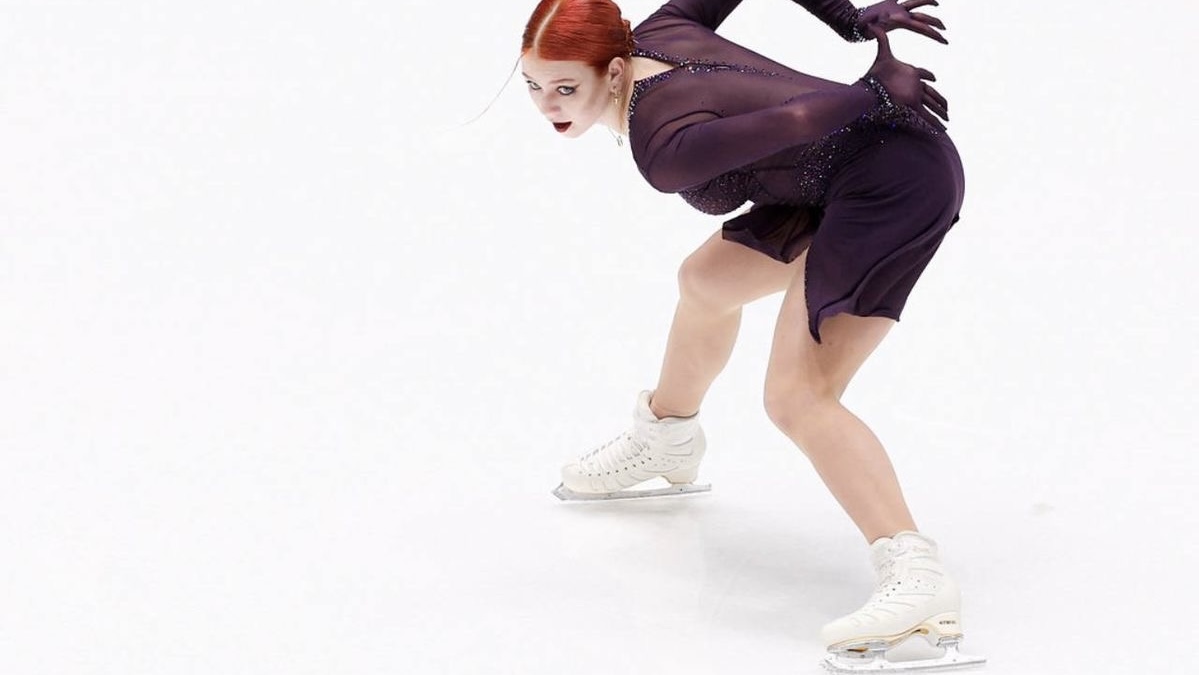Alena Kostornaia © Pinterest
Ballet and figure skating share many similarities, making ballet training a valuable asset for figure skaters. Ballet provides a strong foundation for figure skating by focusing on:
1. Body Alignment and Posture:
- Core Strength: Ballet emphasizes core strength and engagement, which is crucial for maintaining proper posture and balance on the ice.
- Alignment: Ballet techniques help skaters develop correct body alignment, preventing injuries and improving overall performance.
2. Flexibility and Range of Motion:
- Stretching: Ballet incorporates a variety of stretches that improve flexibility, allowing skaters to execute jumps and spins with greater ease and precision.
- Range of Motion: Ballet training helps skaters develop a wider range of motion, enabling them to perform more complex and expressive movements.
3. Musicality and Artistic Expression:
- Interpretation: Ballet focuses on interpreting music through movement, which translates well to figure skating’s artistic demands.
- Expression: Ballet helps skaters develop a sense of musicality and the ability to express emotions through their skating.
4. Technical Skills:
- Turns and Spins: Ballet techniques, such as pirouettes and turns, are essential for mastering spins and turns in figure skating.
- Footwork: Ballet’s emphasis on footwork and coordination improves skaters’ ability to navigate the ice with precision and grace.
5. Discipline and Work Ethic:
- Dedication: Ballet training instills discipline and a strong work ethic, qualities that are essential for success in figure skating.
- Perseverance: The dedication required to excel in ballet can translate into perseverance and resilience in figure skating.
Incorporating ballet training into a figure skater’s routine can provide a solid foundation for technical excellence, artistic expression, and overall success. By developing strong core muscles, flexibility, musicality, and discipline, figure skaters can elevate their performances and achieve their goals.



